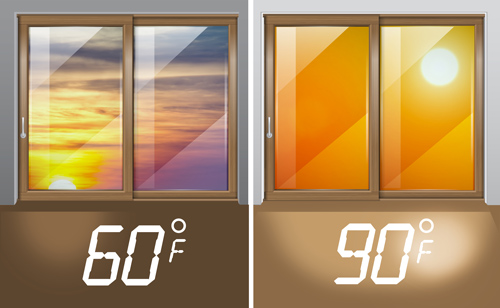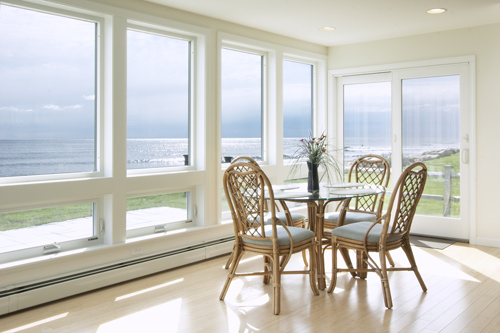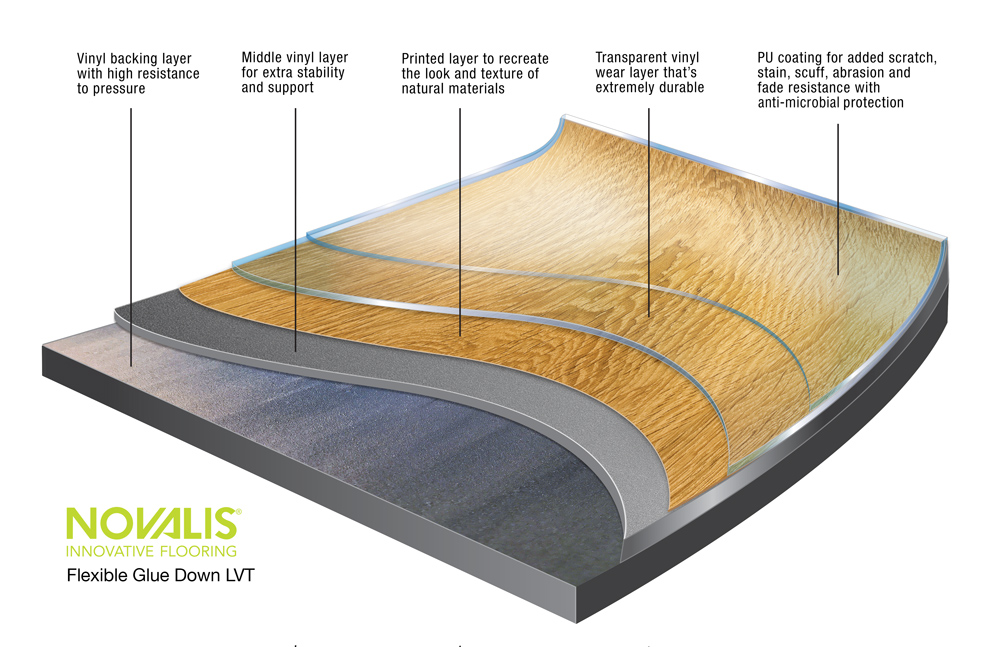
Feeling The Heat: How Thermal Expansion Effects LVT Products
Guest AVA Advisor

Graham Capobianco
Technical Director, Lititz Flooring
Reference Images
All AVA® LVT comes equipped with polyurethane coating that resists fading.
As we enter the warmest months of the year, most of us in the United States will enjoy longer days, warmer weather and more sunlight. While prolonged sunlight has a positive effect on some things, Ultraviolet (UV) and Infrared (IR) exposure can have a damaging effect on others, especially glue-down LVT products. Aside from the more obvious aesthetic concerns regarding fading and discoloration, there are other, more destructive problems than can arise when flooring is exposed to direct, prolonged and unabated sunlight – linear thermal expansion.
Linear thermal expansion is the tendency of materials to change dimension (in this case in length) as the material changes temperature. While the concept of thermal expansion is self-explanatory, creating a practical application helps fully grasp the effect that it has on resilient flooring materials. Linear Change in Dimension (ΔL) is calculated using the original length (L0), the original temperature (T0), the coefficient of linear thermal expansion, which is the rate in inches that a material will change dimension per degree of Fahrenheit (a), and the final temperature (T1) of the material. Mathematically, this can be expressed as the following formula: ΔL = L0 * a * (T1 – T0). Based on the dimensional stability parameters in ASTM F1700, which is the Solid Vinyl LVT standard, the maximum allowable coefficient of linear thermal expansion is 0.0000156.

To better understand what this means for flooring, let’s imagine an area where a 48” long, ASTM F1700-compliant LVT plank is installed. The area/room is 20’ x 20’ and one side has large, south-facing windows installed without a window treatment, such as shades, blinds or a protective film. Before the sun rises, the temperature of the flooring is 60˚ F. Since there are no window treatments to prevent IR rays from heating the flooring, after several hours of direct sunlight exposure the floor reaches 90˚ F.
In this scenario, using the parameters and formula shown above, each LVT plank is calculated to experience thermal expansion at a rate of 0.02” per plank (~1/32”). Over the course of a 20’ run, this thermal expansion will compound, causing expansion of over 3/32”.
Considering that most acrylic LVT adhesives are not designed to withstand these types of sheer forces, linear thermal expansion can wreak havoc on LVT installations. This may be exacerbated by larger areas and materials that do not meet the dimensional stability requirements of ASTM F1700. This continual, compounded flooring expansion can eventually cause the flooring to expand and buckle, whether at the edges or in the center of a plank or tile. The larger the area of exposure, the more thermal expansion will compound, resulting in safety hazards, permanent flooring damage and other issues not covered by a typical residential or commercial flooring warranty.

The solution to this problem is simple – install window treatments on all windows where LVT products will have direct and prolonged exposure to sunlight and ensure they are used properly to protect flooring areas during periods of prolonged sunlight exposure. If aesthetics are an issue and traditional window treatments are not preferred, a transparent UV/IR protective film can be installed directly to windows for continual, uniform protection. If window treatments are not possible or the area is extremely large, the installation pattern of the material should be altered in such a way that limits the total number of tiles and/or planks that will be exposed to direct sunlight – this may involve installing the material perpendicular to the light source. This may not completely eliminate the problem and may not be aesthetically pleasing due to the appearance of seams, but since linear thermal expansion is most prevalent along the length of the tile or plank, reducing the number of tiles exposed could render the issue irrelevant.
Natural light goes a long way to make a space feel warm and inviting – window treatments in general are not meant to detract from the beauty of windows and what they add to the design of an area. However, there needs to be a balance between natural light and flooring protection when it comes to the thermal radiation that comes with it. When done correctly, a balance can be struck that allows natural light to fill a space without compromising a flooring installation.
Questions or comments? Let us know by going to the contact page!


